In recent days, Vladimir Putin has become the centerpiece of fake news, which is actively spread on social networks.
They were debunked edition euronews. Most of the photos are fake, according to fact-checking sites. Here, for example, is an unprecedented photo of the meeting between the leaders of Russia and China. It depicts the first one kneeling down and kissing Xi Jinping’s hand. The photo was seen by millions of users on Twitter, but the image is fake – it was created by artificial intelligence. Many have themselves noticed that the decor of the room where the two leaders met is different from that shown on social networks – in the image widely shared on Twitter, the carpet and furniture are completely different. However, experts see much more.
There are other details that give some clues that this is a fake. For example, hands – they are blurry and do not look very realistic. This is usually a sign that the image was created by artificial intelligence – it is still difficult for him to recreate details such as human hands. It is also seen that the head of the Russian president is abnormally large compared to his body.
One of the journalists ran the image through an AI image detector built by Hugging Face, a French technology company that provides tools for machine learning and software development. According to the detector, the photo is indeed fake.
Another rumor claims that Vladimir Putin did not visit the city of Mariupol and sent a double there. The reason for doubt was the different size of the chin in several photos of the president. The Italian fact-checking site openFactChecking has debunked this theory. He proved that the first image is from 2020 and not 2023.
Both images are from the same pro-Kremlin media news report and were taken a few days ago in Mariupol, not Sevastopol as the previous caption claims. The difference in size is due to the fact that in that picture Putin is grimacing, which explains the double chin.
Can Putin have a doppelgänger? Conspiracy theories have been around since the beginning of Russia’s invasion of Ukraine, but have yet to be proven.
Meanwhile, fake images of Donald Trump, created by artificial intelligence tools, appeared on social media last week. tells Air Force. The arrest of the former president is shown, who may be charged with paying money for silence to a woman with whom he allegedly had an affair. Many of those who shared the images indicated that they were fake, but some believed they were genuine.
The images circulating online look hyper-real, more like staged art footage than photographs taken at the moment. What are the hallmarks of AI generated images? And how to distinguish the real from the fake? Take a look at this image.
It looks realistic, but take a closer look at Trump’s right arm and neck – there are obvious signs that something is wrong. Look at the center of the image. Trump’s arm is too short, and the cop on the left is grabbing something that looks more like a claw than a human hand. Similarly, if you focus on Trump’s neck, you’ll notice that his head looks like it’s superimposed on the image.
Artificial intelligence expert and host of the BBC radio series The Future Will Be Synthesized, Henry Eyder, says current technology doesn’t do a good job of portraying certain parts of the body, especially the hands:
“If you zoom in on images, you can often see inconsistencies like the number of fingers.”
A closer look at the photo reveals more dubious details. Unnatural skin tones, faces with waxy or washed out features are clear signs that the image is fake. AI technology has also not yet mastered the exact images of the eyes – sometimes they look in a completely different direction.
AI experts say that while fake images are “nothing new,” one should be concerned about the rate of progress in the field and the potential for misuse. Munir Ibrahim of Truepic, a digital content analytics company, says:
“Artificial content is evolving at a rapid pace, and the gap between genuine and fake content is becoming increasingly difficult to decipher.”
Experts are unanimous that Trump’s notoriety makes counterfeits easier to spot. But images of unknown people could complicate the task – the technology is improving all the time.
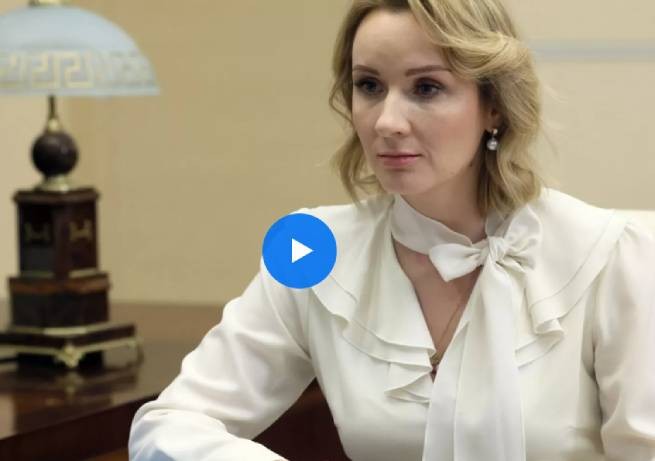
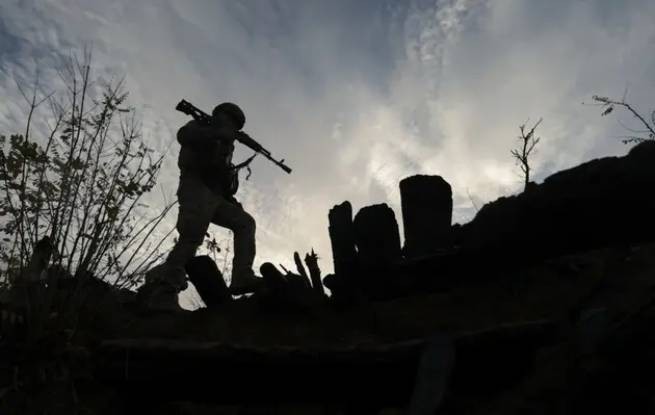
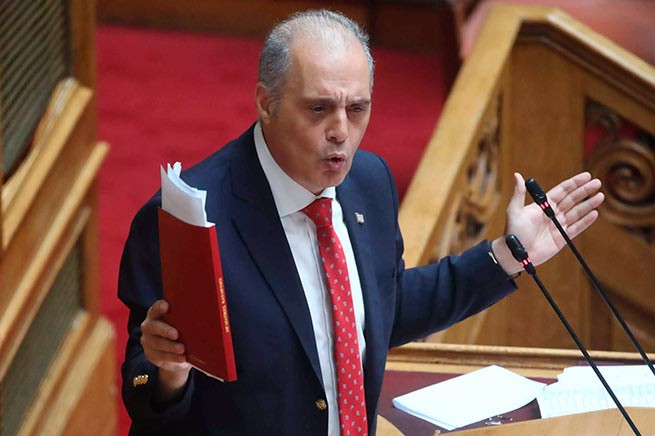
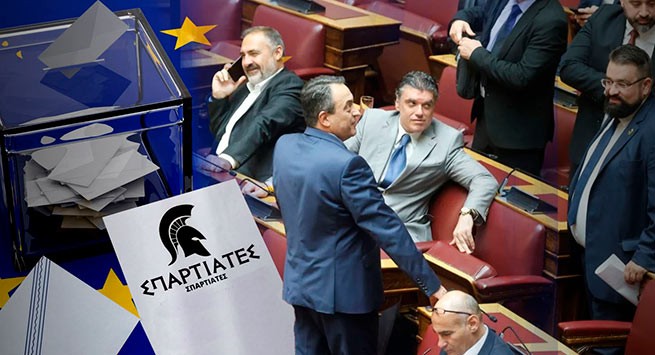
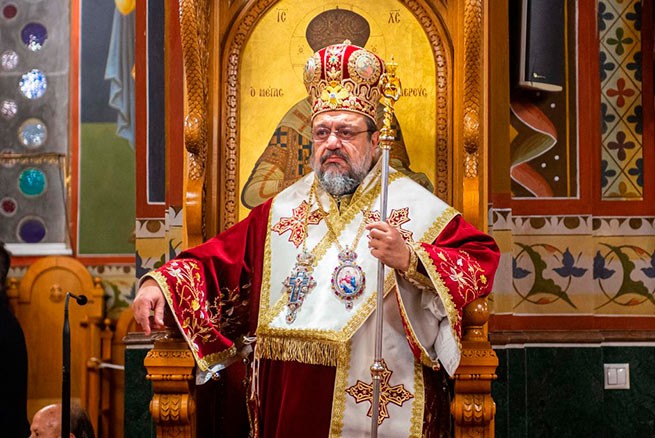
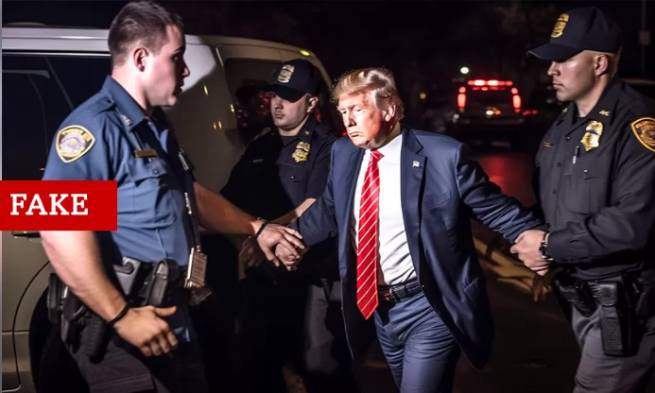

More Stories
IOBE: Poverty threatens Greece
At what age does it start "third age"
After 2027, the retirement age will increase by another 1.5 years